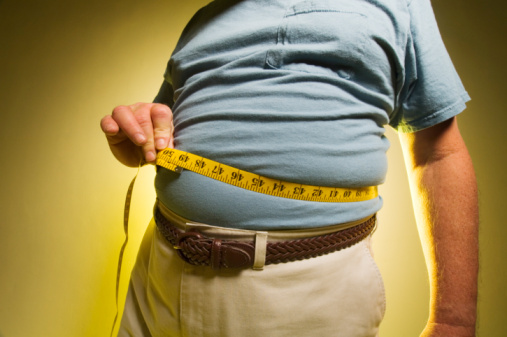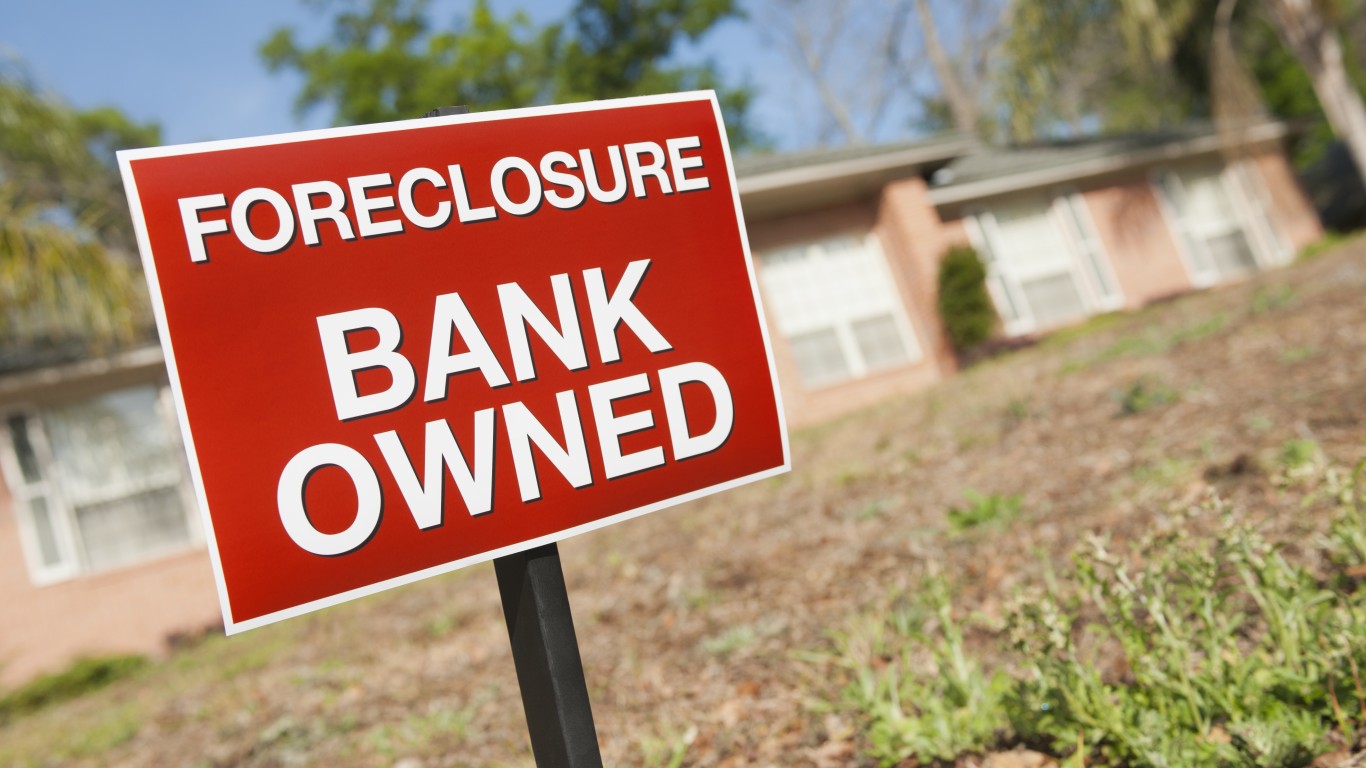If there needs to be any proof that obesity is an epidemic and probably the most serious threat to the health of the American population, one only has to turn to the results of new Gallup research. Almost 28% of people in the United States are obese, and this is the highest level since Gallup began to produce the data in 2008. Another 35% of Americans are classified as overweight.
The research firm uses a standard measure for the categories of weight classification:
The Gallup-Healthways Well-Being Index, which uses respondents’ self-reports of their height and weight to calculate body mass index (BMI) scores, differs slightly from government reports of obesity, which are based on actual heights and weights found in clinical measurements. Individual BMI values of 30 or above are classified as “obese,” 25 to 29.9 are “overweight,” 18.5 to 24.9 are “normal weight,” and 18.4 or less are “underweight.” For the past six years, nearly two-thirds of Americans have had BMIs higher than are recommended, while roughly 35% of Americans have been in the “normal weight” category.
Most research on the cost of obesity to the U.S. economy puts the number above $200 billion per year, and that figure only covers medical costs. Broader effects, which include lost time at work, food and clothing costs, and increased use of fuel, move that number to over $400 billion a year. A recent study from the Harvard School of Public Health showed that these costs will continue to skyrocket.
ALSO READ: America’s Healthiest Cities
Gallup researcher reported what could happen if these trends were reversed:
Reducing obesity rates could unlock a bevy of economic and societal benefits including lower costs to employers.
And reduced medical costs would be colossal.
ALSO READ: Use of Weight Loss Drugs Rises
However, almost all information shows that obesity rates rise ever higher year after year. No matter how many solutions or proposed solutions are thrown at the problem, each one has been ineffective. And there is no single significant bit of proof this will change.
Methodology: Results are based on telephone interviews conducted as part of the Gallup-Healthways Well-Being Index survey Jan. 1 to May 19, 2014, with a random sample of 64,546 adults, aged 18 and older, living in all 50 U.S. states and the District of Columbia.
Are You Still Paying With a Debit Card?
The average American spends $17,274 on debit cards a year, and it’s a HUGE mistake. First, debit cards don’t have the same fraud protections as credit cards. Once your money is gone, it’s gone. But more importantly you can actually get something back from this spending every time you swipe.
Issuers are handing out wild bonuses right now. With some you can earn up to 5% back on every purchase. That’s like getting a 5% discount on everything you buy!
Our top pick is kind of hard to imagine. Not only does it pay up to 5% back, it also includes a $200 cash back reward in the first six months, a 0% intro APR, and…. $0 annual fee. It’s quite literally free money for any one that uses a card regularly. Click here to learn more!
Flywheel Publishing has partnered with CardRatings to provide coverage of credit card products. Flywheel Publishing and CardRatings may receive a commission from card issuers.
Thank you for reading! Have some feedback for us?
Contact the 24/7 Wall St. editorial team.



